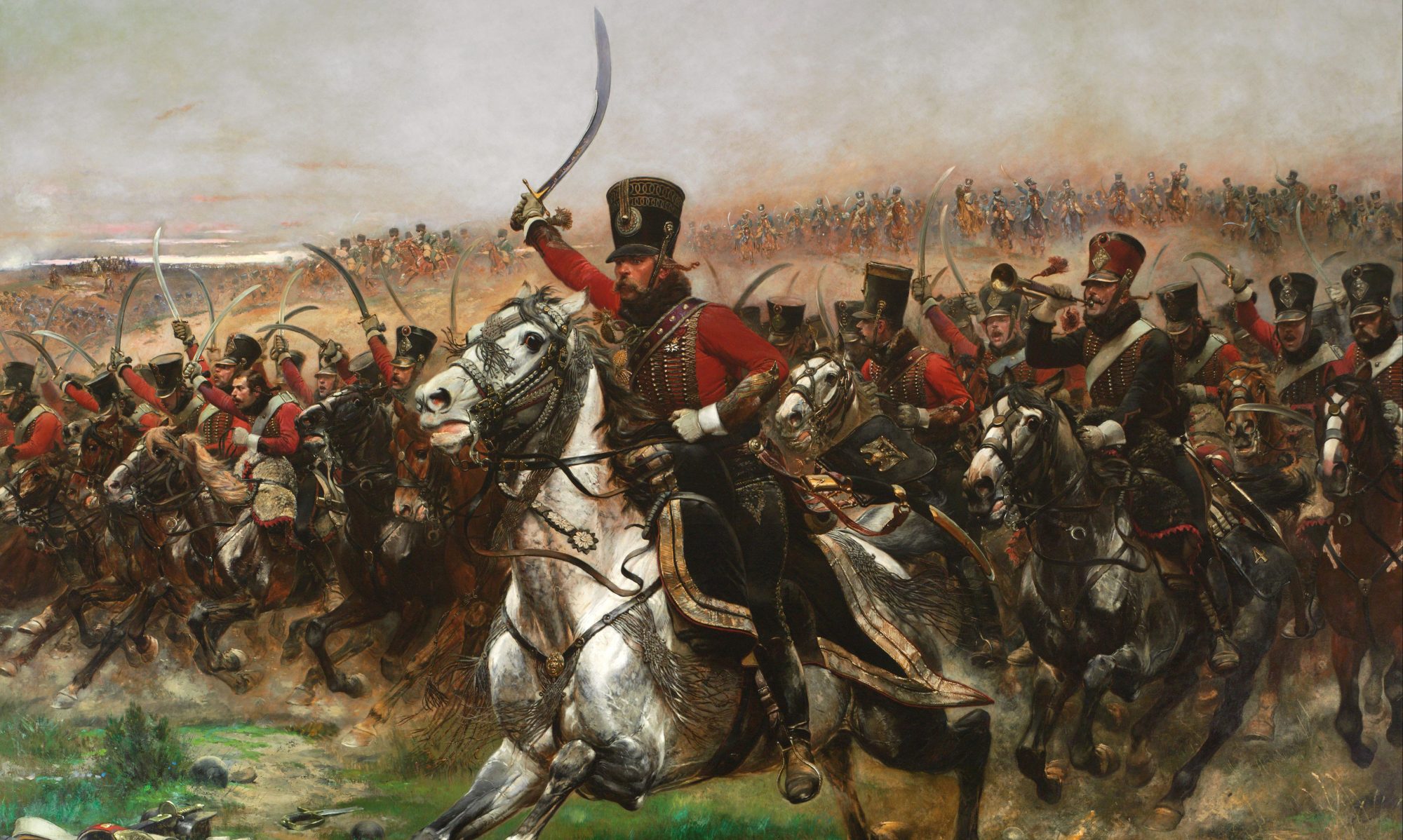Paperback: 96 pages
Publisher: Osprey Publishing (28 July 2016)
Language: English
ISBN-10: 1472813847
https://www.amazon.co.uk/Gempei-War-1180-85-Samurai-Campaign/dp/1472813847
A ritual war, brutal and yet played by the rules in an ancient, secluded land. A power struggle between two families for the control of the ruler. Internecine strife within one of the factions for ultimate power. Cunning politicians, giant warrior monks and mighty warriors who can cut arrows in two, swim rivers under fire, and who die at their own hand rather than surrender. The ultimate personal goal is to be first into battle, to kill a worthy opponent and to die with honour. Buddhist Warrior Monks standing on the ribs of a demolished bridge. Horsemen riding across frozen plains. Frantic, primal duels amidst great battles on land and sea, where victory lies in cunning, and sure, why not throw in a herd of oxen with flaming torches tied to their horns?
Sounds like a mashup of the latest bestselling fantasy novel doesn’t it? Well who needs fantasy when you can just read about the Gempei war?
In Western terms the War was comparable properly to the power struggle of the Wars of the Roses with two principal families and their allies splitting and drawing in the larger population via their overlords in a fight for control. In cultural and political terms it had as great an affect on Japan as the Great Civil Wars of the 17th century in Britain. Fought on a scale that was roughly comparable to the American Civil war in the 19th.
Stephen Turnbull is a name synonymous amongst history students and enthusiasts alike with the age of the Samurai. Many of the “Samurai” books published by Osprey have been written by him and in the Gempei War he brings his formidable expertise to arguably the most critical period of pre Edo Japanese history. By the simple process that without the Gempei War the Tokogowa would have not been fighting to attain but to create the Shogunate.
The idea of the Shogun is fairly well understood, thanks to James Clavell’s novel and the Creative Assembly video game. What is more obscure is how the position was created. The Gempei War, the great civil war caused by the rivalry between the Minamoto and the Taira families over the control of the Emperor, was as Turnbull points out the root to which all later Japanese history traces. Whether it is the Shogun, or the code of Bushido, so much cultural significance is derived from this four year period from 1180 to 1184.
Stripping things back and basing his narrative around two primary sources, Turnbull hopes to present the most authoritative work in English on the Gempei War. This is a big statement to be found within the limited confines of an Osprey book. Nevertheless I was impressed by it. First of all setting the scene with the rise of the Taira, and then showing how Taira Kiyomori unwittingly began isolating himself and causing resentment, then sparking the whole thing by passing over the Imperial heir once too many times, prompting said heir to cast around for allies and finding a willing bow in the aged Minamoto Yarimosa, whose suicide at the first battle of Uji, inspired his young exiled kinsman Minamoto Yotitomo to rally the clan and make a bid to destroy the Taira.
Along the way Yotitomo proved himself to be a leader adept at utilising the talents of those nearest him, and then eliminating them when they had served their purpose or grew too powerful. By the end of the Gempei War, while the nobility of the Taira, and the young emperor rotted beneath the waters of the Shimonoseki straits, Yoritomo was the sole voice of law in the land and the Shogunate was born that would be the focus of Japanese power and ambition for the next 500 years until 1600 when one family would come to dominate the position until 1867 when the Emperor was restored to power.
Turnbull’s impressive array of carefully chosen images surround the three detailed two page spreads by Giuseppe Rava, which highlight the individualistic nature of the fighting, but in my opinion lack something that can be seen in other Samurai reconstructions, yet Osprey undoubtedly chose the right man for the job. I think the best is the death of Kizo Yoshinaka at Awazu, which superbly illustrates the role of the Samurai of this period as a horse archer. However it has been pointed out to me that in the scene depicting the battle of Ichinotani, there are some anachronisms in weaponry and haircuts. As usual with a campaign book we get 3D maps. The one showing the battle of Kurikara is very detailed and so is the one of Dannoura, that goes so far as to show the tides of the Shimonoseki Strait.
In this era the Samurai were men of the horse and the bow, and this created a very different dynamic to Japanese warfare, yet the events and stories of the Gempei War would be handed down to later generations of Samurai and indeed soldiers, as the epitome of how to behave in battle. No event until 1600 would have such profound effects on Japan and this book does a creditable job of showing us why.
Josh.



